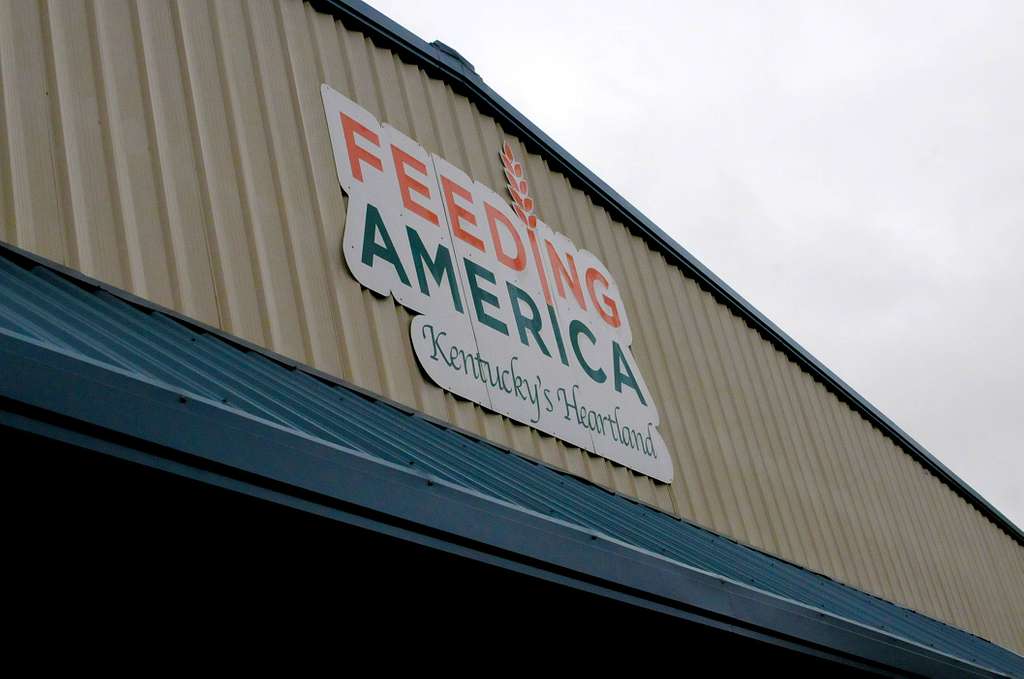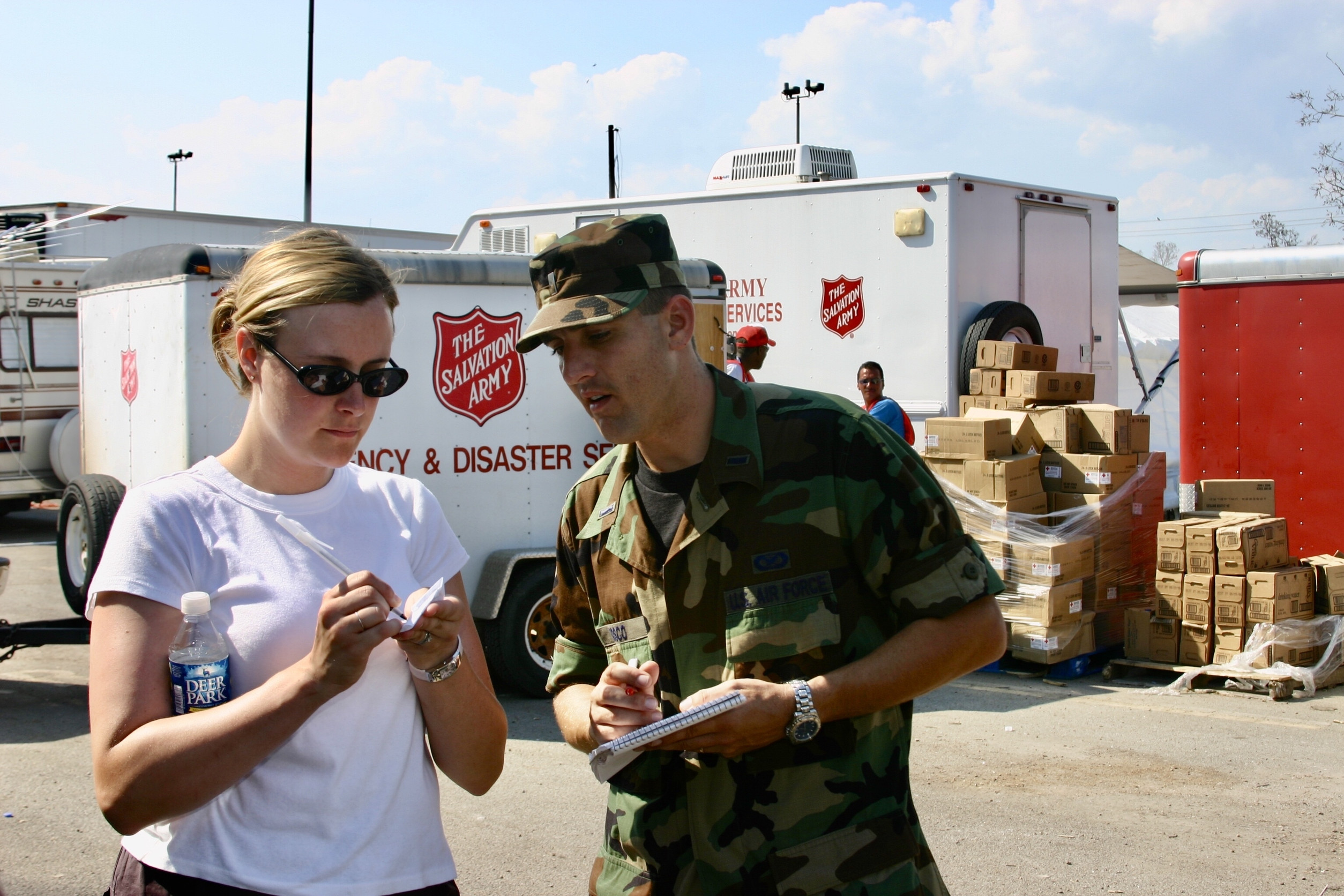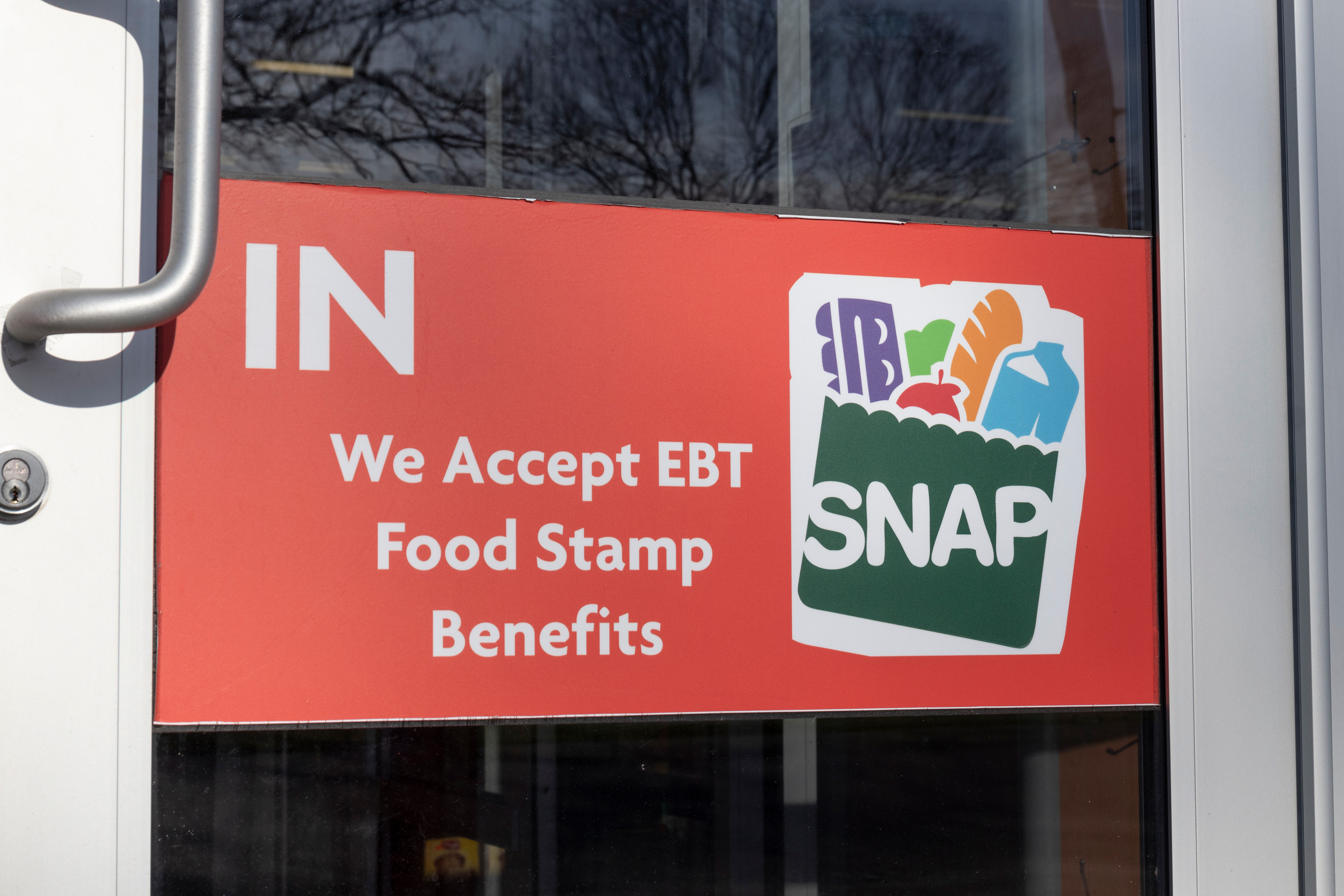With SNAP Benefits Cut Off During the Government Shutdown, Here’s Where Americans Can Still Find Free Food

The line wraps around the block before sunrise. A mom with a stroller checks her empty EBT balance again. A retiree grips a ticket for a pantry slot like it’s a lifeline. That scene played out across the country on November 1—the day 42 million people suddenly couldn’t count on SNAP.
FBI stats won’t help anybody eat tonight. Clear, fast guidance will. So here’s a plain-English playbook: what happened, who’s most exposed, and—most important—exactly where to go for free food right now.
Factual baseline, so we’re on the same page: in late October, two federal judges ordered the government to tap contingency funds to keep SNAP going, calling out that the program still exists even if normal appropriations don’t. But states had already generated $0 benefit files, and re-programming EBT systems on a holiday weekend wasn’t happening. The legal rulings came; the hunger cliff still arrived.
SNAP usually supports more than 42 million people—including millions of kids and seniors—every month. When those dollars stop, food banks see immediate spikes. That’s exactly what happened on November 1, with long lines and bare shelves reported nationwide.
Now, let’s get practical.
Where to Start If You’re Hungry Tonight
Call 2-1-1. It’s a free, confidential helpline that runs 24/7 in most states. You’ll get a human who can pull up the closest open pantry, today’s meal sites, mobile distributions, senior meals, and emergency referrals. If your phone carrier doesn’t connect on 2-1-1, search your local United Way 211 site or use their alternate lines listed online. Texting options exist in many regions as well.
Also try the USDA National Hunger Hotline (weekdays). They can point you to nearby programs and school meal sites still serving. (If your area publishes a city map—like NYC’s Food Help tool—use it for real-time pantry and soup-kitchen hours.)
Tip: Ask the navigator for same-day options and no-ID locations if you’ve never used a pantry before.
The Largest Network: Find a Feeding America Food Bank Near You

Feeding America is a national network of 200+ regional food banks that supply about 60,000 pantries and meal programs. Use their locator—enter your ZIP, click your regional bank, then find the pantry list and hours. Expect higher traffic and earlier “out of stock” notices right now, so go early and bring a bag.
Why this matters: After November 1, Feeding America reported surging demand and strain on inventories. The network is built to supplement SNAP, not replace it—so plan for lines and rationing in some locations.
Salvation Army Corps: Pantry + Hot Meals + Caseworkers

The Salvation Army operates in thousands of communities. Many corps locations run pantries and soup kitchens, and some have caseworkers who can help with documents or referrals. Use the national locator to find your local corps and check hours—some sites limit visits per month or require IDs for household members.
It’s not perfect, but it’s reliable in a crunch.
Community Fridges: 24/7, Anonymous, No Questions Asked
If you can’t wait for a pantry’s limited hours, check community fridges. These are crowd-stocked refrigerators on sidewalks or in storefronts—open access, often 24/7. You take what you need; neighbors and restaurants keep them filled. Find one near you using FridgeFinder or Freedge’s directory. It’s the lowest-friction option when a kid needs milk now and the pantry opens tomorrow.
School Meal Programs Still Serve Kids
School cafeterias continue to serve free breakfast and lunch in many districts, even during shutdown turbulence. If you’re a parent or caregiver, check your district’s website or 2-1-1 listings for times and pickup rules. In large districts, administrators have already urged families to use school meals to bridge the gap.
Fast Digital Tools You Can Use From Your Phone
-
FoodFinder (app + web): A nonprofit pantry map that shows addresses, service hours, and what to bring. It’s simple and works well on mobile.
-
City/County Maps: Some cities—like New York—publish live maps of pantries and soup kitchens with updated hours. Check your city site plus 2-1-1.
Why the Lines Are So Long: The Scale Problem
It helps to understand why your local pantry is packed. SNAP is massive—more than 42 million people rely on it monthly. The typical household benefit is roughly $715 for a family of four, which works out to less than $6 per person per day. When that flow halts, people head to pantries at once. Food banks simply can’t backfill that kind of money.
In some metros, food insecurity was already climbing before the cutoff. In the Washington, D.C. region, a 2025 report found 36% of households experienced food insecurity—up from 32% a year earlier. The shutdown pushed that trend into overdrive.
What the Courts Said—And Why That Didn’t Put Food on Shelves
Hours before the cutoff, judges in Rhode Island and Massachusetts said USDA could and should use contingency funds and ordered benefits to be paid as soon as possible, even partially if needed. But states had already created $0 files and would need days to reprogram and test EBT systems. Legal green light, technical red light. That’s why your balance still showed zero on November 1.
Who’s Hurting Most Right Now

Families with young kids. Seniors. People managing diabetes, hypertension, or other conditions where food timing and type matter. Health economists and anti-hunger leaders warned that even short gaps in nutrition can trigger medical risk and force ugly tradeoffs—food vs. meds, gas vs. groceries. And for millions of first-time pantry users—think furloughed federal workers—the system is confusing on day one.
What to Expect at Pantries (and How to Navigate the Rules)
-
Arrive early. Sites close when food is gone.
-
Bring ID if you have it. Some locations ask for ID for all household members; others don’t.
-
Check frequency limits. Some corps and pantries limit visits per month.
-
Be flexible on items. When supply runs out of proteins or dairy, you may get shelf-stable boxes instead.
These rules can feel frustrating. They’re also why community fridges and school meals help fill the gaps on off-days.
If You’re Helping Someone Else
-
Use 2-1-1 to find the nearest same-day site for them and confirm hours while they’re en route.
-
Stock a community fridge or donate to your regional Feeding America food bank; they know where demand is spiking fastest.
-
Share city maps like NYC’s Food Help page with neighbors’ group chats.
What Happens Next (Short Term)

Judges have ordered USDA to deploy contingency dollars, and states are working to push partial payments. Newsrooms have reported that long lines may continue while the technical work catches up. Charity can soften the blow for a few days, not replace a program that usually feeds one in eight people in this country.
Key Takeaway
If your EBT card is empty, you still have options today: call 2-1-1 for live help, use the Feeding America locator for a pantry, check Salvation Army hours for a hot meal, and look up a nearby community fridge for zero-barrier groceries. The policy fight is real and the tech delays are maddening—but dinner can’t wait. Start with the fastest route to food in your ZIP code, then plan the next few days one reliable stop at a time.
Useful Links (save these):
-
United Way 2-1-1 (phone/text/web referrals, 24/7 in most regions).
-
NYC Food Help live map (example of a city directory).
-
Community fridges directory (FridgeFinder / Freedge).
If your pantry line is long, tell the person behind you about 2-1-1. Small help, big impact.
Author
-
Ben Ojo is a forward-thinking media professional with a keen interest in home improvement, travel, and finance. Holding a Bachelor's degree in Applied Accounting with a CPA designation, alongside a Bachelor's degree in Veterinary Medicine, his expertise and insights have been featured on reputable platforms like MSN, Business Insider, and Wealth of Geeks, underscoring his dedication to sharing valuable knowledge within his areas of interest.
View all posts






